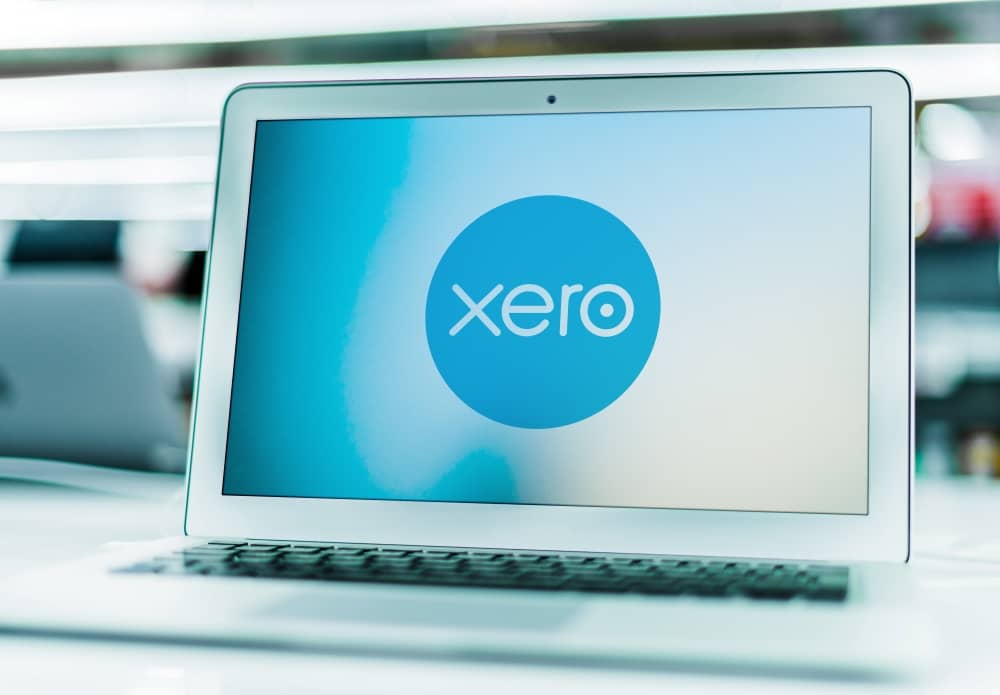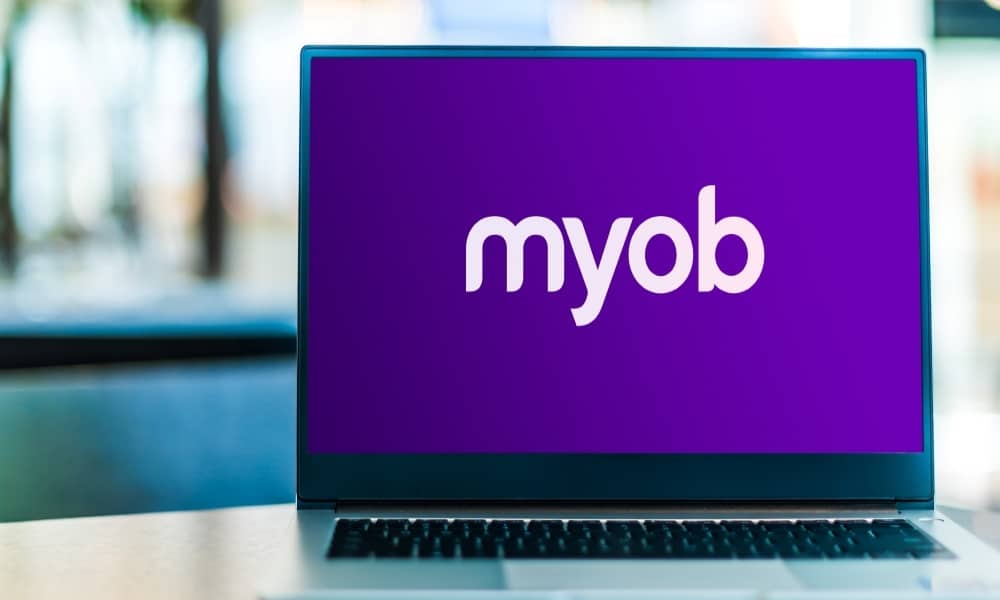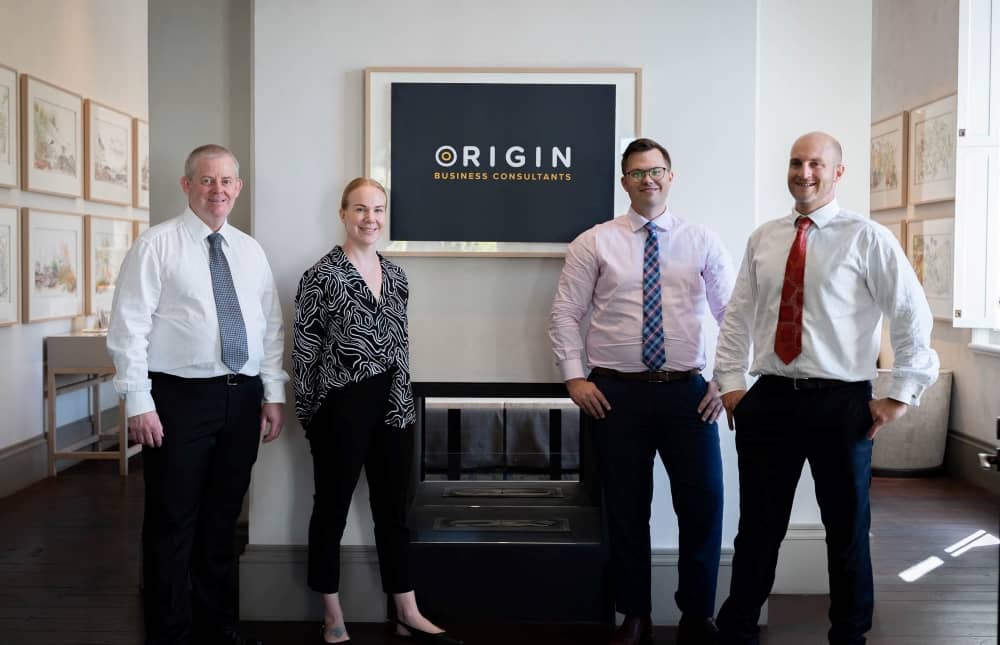Xero vs MYOB: Which is Better for Small to Medium Businesses?
Accounting software has made significant strides over the last two decades or so. Accountants had to endure working with notebook ledgers for a long time before enjoying the luxuries of technological advancements. Today, accounting methods have drastically improved thanks to computers, smartphones, and the Internet.
Modern cloud accounting was introduced in the mid-2000s. With this technology, an online service allows storage and access of accounting data anywhere without physically storing that data on the computer. But before this substantial disruption, there was a dominant player in computer-based accounting software. We’re talking about MYOB, which was, during that time, used by small and medium businesses to help them with their accounting tasks.
In 2006, Rod Drury, a tech entrepreneur from New Zealand, introduced his prized accounting software, Xero. Because of the massive jump to the cloud, XERO quickly overshadowed MYOB, gaining double the subscriber base in just a few years.
But the rivalry has not stopped. Despite being late to the game, MYOB is now playing catch-up. The once-traditional desktop accounting software released its cloud-based offerings. Small and medium businesses have two primary options: Xero and MYOB. If you require an accounting solution, which would you pick? There are quite several factors to consider.
Luckily, this blog will help you compare these two accounting software heavyweights so you can figure out the best for your business.
An Overview of Xero and MYOB
MYOB has been around for over 30 years. Having been founded in the early 1980s, the company has gained respect in its field for an extended period. Unfortunately for MYOB, technological changes arose, prompting a need for a more advanced accounting solution. For this reason, MYOB had to keep up with the demand, which paved the way for the introduction of MYOB Essentials and MYOB AccountRight.
Both AccountRight and Essentials are cloud-based accounting platforms. However, they offer different functions:
- Essentials: MYOB Essentials is a new product that’s MYOB’s answer to Xero’s popular cloud accounting service. It is a web-based platform, accessible from anywhere and any device without installing another piece of software. However, Essentials offers the most basic accounting features, which are good for sole traders, freelancers, and start-up businesses.
- AccountRight: Here’s the alternative for firms that require more than the basic offers of MYOB Essentials. AccountRight has extra features, including job tracking, improved inventory checks, and purchase order management. Data will be stored in the cloud, as well. However, it should be noted that AccountRight is only for Windows users and requires additional software, as it is not browser-based.
Now onto the innovative competitor, Xero. Founded in 2006 in Wellington, New Zealand, the main goal of Xero (once known as Accounting 2.0) is to reinvent computer accounting. This new accounting solution became the prominent rival of MYOB, as it provided a decentralised, accessible format.
More accountants gravitated towards Xero, reducing MYOB’s market share. In 2021, Xero garnered over three million subscribers and became the top accounting platform in over 180 countries.
Xero is browser-based, meaning users can take advantage of its functions from any device using their preferred browsers, such as Chrome, Safari, Firefox, and Microsoft Edge. This alone is favourable to those who do not like installing other software. All that’s needed is to load the browser and log into your Xero account. All features and functions of the program will be available.
As of 2024, all recent browsers appear to be supported. This convenience makes Xero attractive, mainly because only one version of the solution exists. Additionally, all upgrades take place behind the scenes.
Xero also has a robust app marketplace, allowing businesses to directly integrate their accounting software with any number of additional business plugins – such as payment platforms like Stripe, or management software like Workshop.
MYOB vs Xero: A Head-to-Head Comparison
To know which accounting software is better for your small/medium business, let us compare their core differences based on deciding factors, including the pricing, features, and support.
1. Cost
Xero offers three options:
- $29 monthly for a starter account with basic features, such as sending a maximum of 20 quotes and invoices and up to five bills (best for freelancers and small businesses)
- $59 monthly for a standard account with more comprehensive features, such as unlimited bills, invoices, and quotes, along with the ability to add additional users
- $76 monthly for a premium account with several features, including all those available in the standard plan and advanced tools for financial reporting
Users can also subscribe to $100 monthly for those with a larger payroll team of up to 100 people.
As for MYOB, here are the pricing plans available:
- $14 monthly for Essentials Lite with basic features like invoicing, bank reconciliation, and access to the mobile app
- $26.50 monthly for the Pro Plan with all Lite features, plus Single Touch Payroll for one employee
- $65 monthly for AccountRight (Plus) with more advanced features, such as inventory and bill management and payroll for several employees
MYOB also offers an Advanced Plan, starting at $80. It is a cloud-based Enterprise Resource Planning (ERP) solution that’s best for larger firms with multi-currency transactions and a need for Customer Relationship Management (CRM) integration.
It’s important to note that both Xero and MYOB change their pricing from time to time. As of March 2023, the prices above are accurate.
So, which one wins this round? Whilst MYOB’s prices may be a little confusing for some people because of the varying options available, the company has a more competitive price range. You decide the winner, though, based on your budget and requirements. Both MYOB and Xero offer a one-month free trial.
2. Number of Accounts
Xero allows only one company account per subscription, whilst MYOB accepts up to two. However, you should subscribe to MYOB’s AccountRight Premier plan to access this feature.
3. New Account Process
Both MYOB and Xero offer a quick and easy sign-up process, which you can do online. MYOB, however, requires that you install its dedicated software for additional features, such as job and inventory management. This software is compatible with Windows only.
If you are a start-up business, you will find that both platforms are worthwhile with not much of a hassle in the sign-up and installation process. The difference comes when you require advanced capabilities. In this case, Xero is the winner since it does not need the installation of extra software solutions.
4. Access
Xero can be accessed using a PC and Mac. MYOB is the same, except if you are an AccountRight subscriber. Unfortunately, this membership option can only be accessed using a Windows PC. If you require the additional features of AccountRight, you may need to switch to the platform, which is not ideal for many users.
Both have mobile apps with a responsive and intuitive user interface. However, some users note that Xero has a better-performing app than MYOB.
5. Features
The Xero accounting software lets users undertake several functions, including the following:
- Invoicing
- Paying bills
- Bank reconciliations
- Preparing and lodging Business Activity Statements (BAS)
- Calculating pay, tax and super, and other payroll functions
- Financial reporting
- Creating and sending quotes
- Expense claims
- Project management
- Purchase orders
Meanwhile, MYOB offers the following features:
- Payroll
- Manufacturing and Distribution
- CRM
- Inventory and Sales Management
- Order Management
- Time Management
- Invoicing
- Project Accounting
- Financial Reporting
Both solutions have excellent features. However, Xero has a slight edge, especially when sending invoices, as the platform lets you personalise invoice layouts. You can also track the invoice when the recipient opens it. If these extra features mean little to you, MYOB may be a better choice, especially if you want a more payroll-focused platform. The MYOB Essentials and AccountRight plans allow access to unlimited payroll for a much lower fee than Xero.
6. Benefits
Xero is a cloud-based application, which means you can access it anywhere using any device at any given time. You can use your PC, Mac, or mobile device, and it has its mobile app. Xero is highly intuitive and can easily be integrated with other apps available on the Xero marketplace. This gives a truly fine-tuned experience.
Originally, Xero was designed for small and medium enterprises with features that meet the needs of SMEs. However, it is pretty scalable, allowing businesses of varying sizes to use it without issues.
MYOB offers the same benefits as Xero. It was primarily limited to computers but can now be accessed on the cloud. The app, launched in 2013, is an excellent addition to an already strong market presence. It is intuitive and easy to use, although some users say it still has to catch up with Xero’s app.
An advantage that MYOB has over Xero is its affordable pricing. You can also integrate several apps from the app marketplace into your MYOB software. However, there are fewer options than Xero’s. Unlike Xero, MYOB is initially created for larger businesses, including those with multiple departments. However, it has also evolved and accommodated small to medium enterprises.
7. Support
Both Xero and MYOB offer training videos and online documentation to help you navigate through the features of the app and the whole platform. You can also join an online community where you can ask questions and share your feedback. Although Xero and MYOB have brilliant online customer support, MYOB wins when it comes to phone support. Xero does not offer customer support via phone, but you can contact MYOB every day from 9 AM to 5 PM.
So, Which One is Better for SMEs?
Xero and MYOB provide what most small and medium businesses require when it comes to accounting. Determining your budget and your exact business needs can help you choose between these two options.
Another good question when deciding which to use for your own business is, “What does my accountant recommend?” If your accountant uses a particular platform, it makes sense to choose the same accounting software to make the communication of data more efficient. Doing so also reduces the difficulty when getting support from your accountant, creating a frictionless experience.
To this day, Xero dominates the Australian market, specifically in cloud accounting. MYOB, however, is a close second, especially with its affordable pricing and excellent features. Both of their strengths lie in their ability to provide fundamental accounting functions with flexible additions to make the platforms even better. Xero, though, has more than 400 third-party integrations, as MYOB has a slightly smaller number in this arena. The user experience requires a bit more polishing and is not as fast as what Xero provides.
The final choice depends largely on what you are looking for. Suppose you need a platform with robust features, especially on payroll. In that case, MYOB can be a great choice, particularly if you have a simple business model. For more customisability for your more complex business requirements, we recommend Xero.
At the end of the day, the decision is up to you. Analyse your business model and its needs before you pick the accounting software to use. You can contact our business consultants to get professional advice.



